Suzuki Grand Vitara: Fuses
Your vehicle has three types of fuses, as described below: Main Fuse – The main fuse takes current directly from the battery. Primary Fuses – These fuses are between the main fuse and individual fuses, and are for electrical load groups. Individual Fuses – These fuses are for individual electrical circuits. For details on protected circuits, refer to the “FUSES AND PROTECTED CIRCUITS” section in this manual.
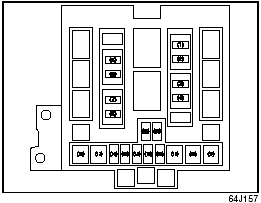
Main Fuse Box
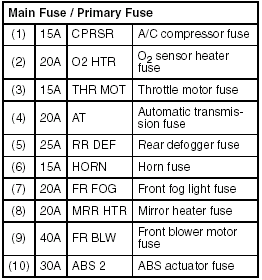
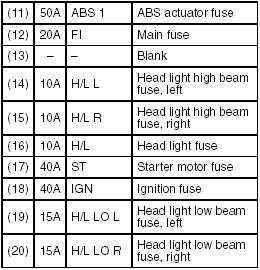
The main fuse, primary fuses and some of the individual fuses are located in the engine compartment. If the main fuse blows, no electrical component will function. If a primary fuse blows, no electrical component in the corresponding load group will function. When replacing the main fuse or a primary fuse, use a genuine SUZUKI replacement.
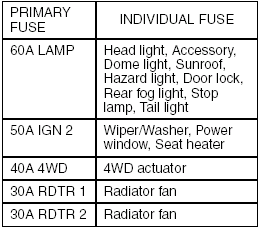
 WARNING: If a fuse in the main
fuse box blows, be sure to have your vehicle inspected by an authorized SUZUKI dealer.
Always use a genuine SUZUKI replacement. Never use a substitute such as a wire even
for a temporary fix, or extensive electrical damage and a fire can result.
WARNING: If a fuse in the main
fuse box blows, be sure to have your vehicle inspected by an authorized SUZUKI dealer.
Always use a genuine SUZUKI replacement. Never use a substitute such as a wire even
for a temporary fix, or extensive electrical damage and a fire can result.
Fuse under the Dash Board
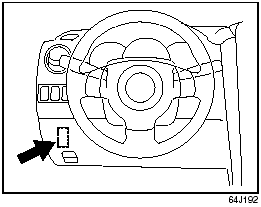
Fuse box
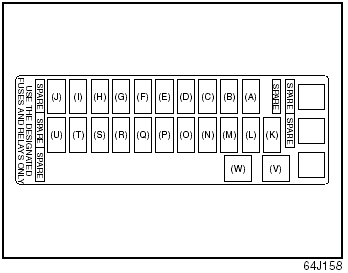
Fuse box
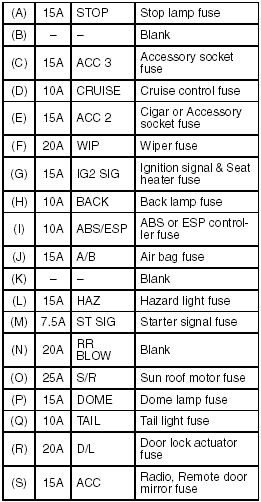

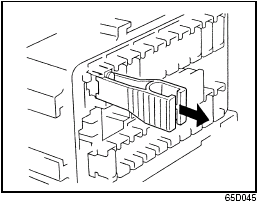
The fuse box is located under the driver’s side of the dashboard. To remove a fuse, use the fuse puller provided in the fuse box.
 WARNING: Always be sure to replace
a blown fuse with a fuse of the correct amperage. Never use a substitute such as
aluminum foil or wire to replace a blown fuse. If you replace a fuse and the new
one blows in a short period of time, you may have a major electrical problem. Have
your vehicle inspected immediately by your SUZUKI dealer.
WARNING: Always be sure to replace
a blown fuse with a fuse of the correct amperage. Never use a substitute such as
aluminum foil or wire to replace a blown fuse. If you replace a fuse and the new
one blows in a short period of time, you may have a major electrical problem. Have
your vehicle inspected immediately by your SUZUKI dealer.
NOTE: Make sure that the fuse box cover always carries spare fuses.

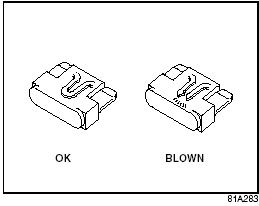
Headlight Aiming
Since special procedures are required, we recommend you take your vehicle to your SUZUKI dealer for headlight alignment.
See also:
Wiper and washer
In freezing weather, do not use the
windshield washer until the windshield
is sufficiently warmed by the
defroster.
Otherwise the washer fluid can
freeze on the windshield, blocking
your view.
- Do not operate the washer continu ...
Seat
1-Front seat
● To adjust forward or backward → P. 2-6.
● To recline the seatback → P. 2-7.
● To adjust seat height (driver’s seat only) → P. 2-8.
● Armrest → P. 2-10.
● Heated seats ...

 Battery
Battery